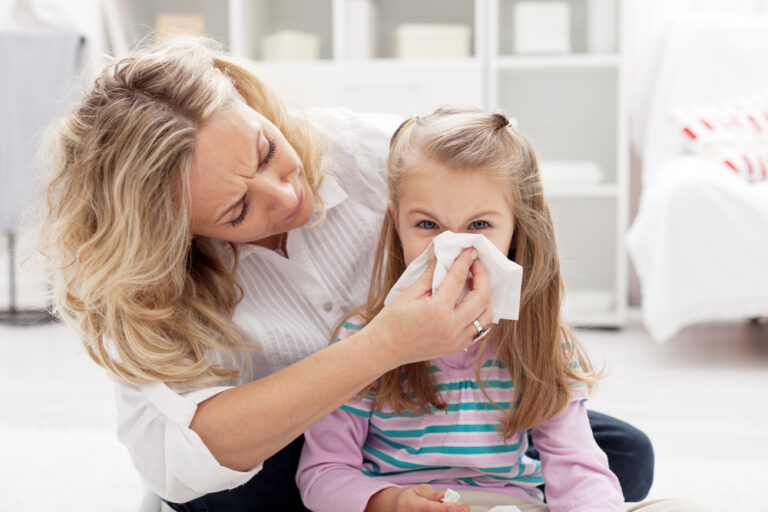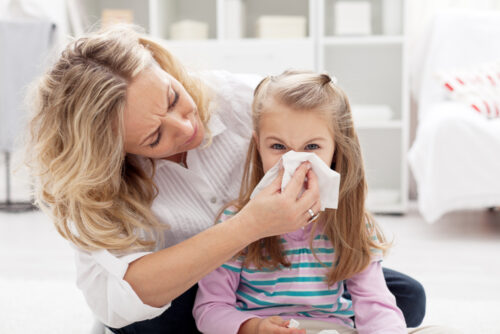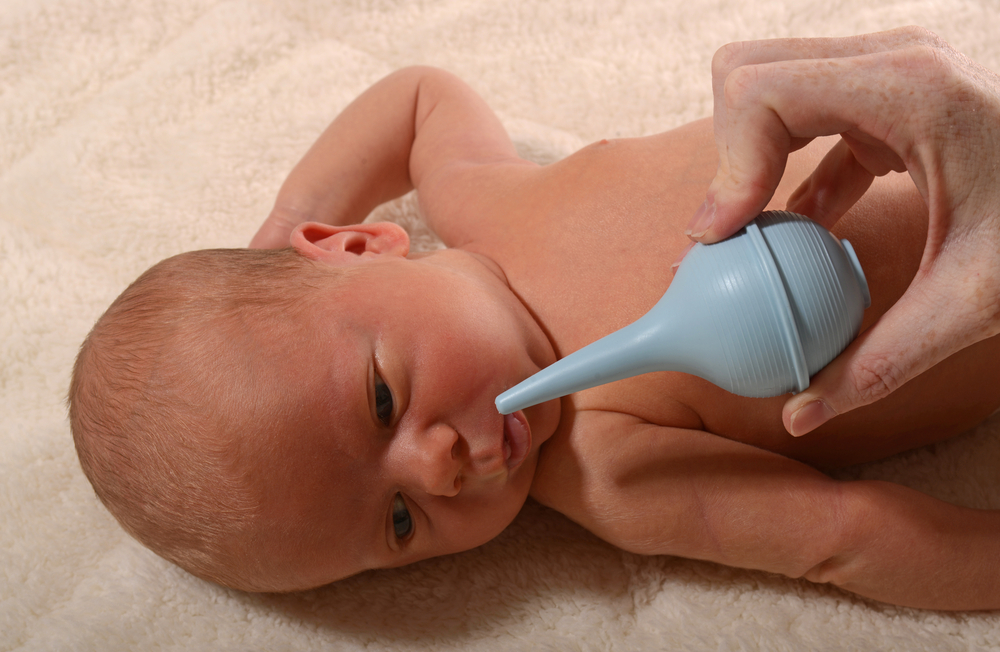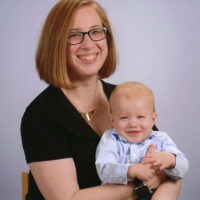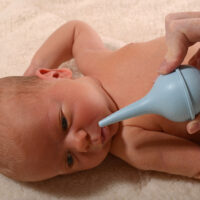Nose blowing is a skill you may never have realized you would have to teach until you’ve chased your child around trying to wipe a runny nose.
So the question is, exactly how do you teach a child to blow their nose?
Don’t wait until the first cold of the season or allergies hit, start early and often with these easy tips to make it a breeze!
The Top 5 Ways to Get Kids to Blow Their Nose
Once your kids learn how to blow their noses, it will make your life so much easier. They will start feeling better faster as they are able to really eliminate the mucus from their nose, and you will no longer be tasked with wiping drippy noses with anything you can find.
The following suggestions are great ways to teach the skills required to blow air out of your nose. Grab the tissues and get ready to release some air!
Imitation
Especially for young children, learning through imitation is a great visual way to grasp a new concept.
Show them what blowing air out of your nose looks like. Hold their hands up to feel the air coming from your nostrils, and provide them the opportunity to try themselves. Stay positive and encouraging and when they are successful use a lot of praise!
Toddlers love nothing more than being cheered for, and will certainly be encouraged to perform the same skill over and over when provided with high praise.
Use a Mirror
If your child is having trouble grasping how to make air come out of their nose, use a mirror in addition to modeling what you want them to perform.
After watching you blow air out of their nose, present the mirror so they can see themselves trying the same skill. Take breaks for lots of funny faces!
If you get close enough to the mirror your child will leave behind condensation as the hot air exits their nose, which can also be rewarding!
Cotton Ball Race
Place a couple of cotton balls on the table and try to race them to the end of the tabletop using only the air from your nose!
This is a great game for older toddlers who are learning how to blow air from their noses and have a little competitive spirit. Keep the tissues handy!
Move a Tissue
Grab a tissue and hold it in front of your nose. Blow air out and watch it wiggle and dance! Your child will likely want to join in on the fun.
The pressure of using a tissue only for wiping noses will be eliminated, and they will have a great time trying to produce enough air to make their tissue wiggle.
Blow Bubbles in the Bathtub
The bathtub is the perfect place to practice blowing your nose! If your child is in swim class, or just loves splashing in the bath, it’s the perfect opportunity to practice blowing air out and making bubbles. The bubbles are super rewarding, as are mom and dad cheering on the sidelines!
Your child will become a nose-blowing champ in no time without even realize that’s what they are practicing.
Bring the Concept Full Circle
Show Them What’s in the Tissue
Now that you’ve practiced blowing air from your nose, it’s time to put those skills to practice. We recommend starting with Boogie Wipes or soft tissues that will not be abrasive. Have your child blow their nose into a tissue, and make sure to show them what gets left behind.
The rewarding part is seeing that they were able to get something out of their nose. It’s a great idea to explain to your child why they are blowing their nose and allow them to see what their efforts are for. Explain how they will start to feel better faster if they can expel the mucus rather than sniff it back in.
Don’t Forget to Wash Hands!
Make handwashing an immediate part of your routine after your child blows their nose. Not only is it great practice, but it will help cut down on the spread of germs and will inevitably help everyone get to feeling better faster.
FAQ’s About Teaching a Child to Blow Their Nose
At what age does a child learn to blow their nose?
Typically by age 2, a child has the skills necessary to be able to blow their nose. However, don’t be surprised if they are much older before they are able to successfully and independently really get their nose clean on their own.
You can begin earlier than age two to start laying the foundation for these skills. The more fun you make the games the more willing your child will be to learn and practice.
Practice even when they aren’t sick so that when a runny nose happens, they already have the skills necessary to blow their nose.
How can you make it easier for a child to blow their nose?
If the mucus is very thick making it hard for your child to blow their nose, you can try a saline spray or saline drops to help loosen up the discharge. Nationwide Children’s Hospital recommends pairing this with a nasal aspirator. You can suction some of the mucus out so that it becomes easier for them.
Have your child close one nostril while they blow out of the other side to help loosen stubborn mucous. Try running a humidifier in their bedroom at night to keep nasal congestion at bay.
Wrap Up
Blowing your nose may seem like second nature, but it’s really a skill that needs to be taught. Start with your child when they are healthy so that by the time they have a runny nose, they are prepared with how to successfully blow their nose. It might seem crazy, but this is probably a skill you will be teaching and working on for years, so go into it with patience!
As with most things, if you make it a game kids will be more apt to participate. Have fun, play together, and make sure to stay positive and upbeat so that your kids feel accomplished as they master this skill.
